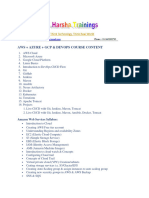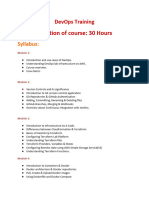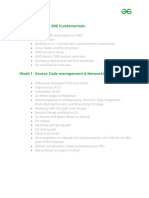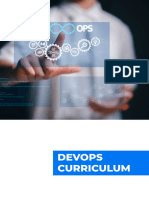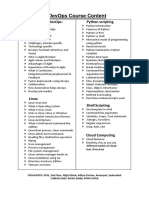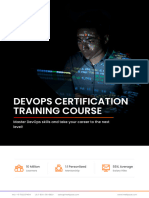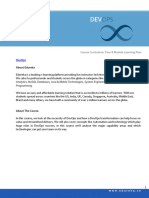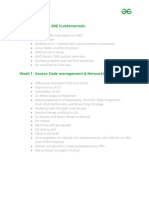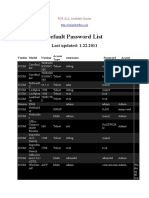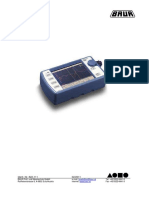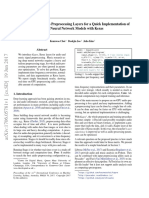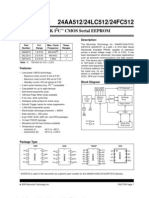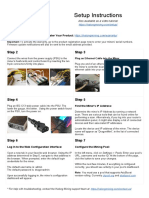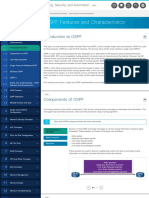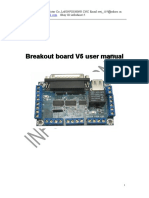0% found this document useful (0 votes)
14 views5 pagesDevops Course
The DevOps course spans 3.5 months and covers essential skills for a DevOps Engineer, including infrastructure provisioning, automation, configuration management, and monitoring using various tools like AWS, Terraform, Ansible, Jenkins, Docker, and Kubernetes. The curriculum includes modules on cloud computing, continuous integration, configuration management, orchestration tools, and monitoring, along with hands-on projects to reinforce learning. Additionally, the course includes interview preparation and resume building.
Uploaded by
Mohammed Wasim SajanCopyright
© © All Rights Reserved
We take content rights seriously. If you suspect this is your content, claim it here.
Available Formats
Download as PDF, TXT or read online on Scribd
0% found this document useful (0 votes)
14 views5 pagesDevops Course
The DevOps course spans 3.5 months and covers essential skills for a DevOps Engineer, including infrastructure provisioning, automation, configuration management, and monitoring using various tools like AWS, Terraform, Ansible, Jenkins, Docker, and Kubernetes. The curriculum includes modules on cloud computing, continuous integration, configuration management, orchestration tools, and monitoring, along with hands-on projects to reinforce learning. Additionally, the course includes interview preparation and resume building.
Uploaded by
Mohammed Wasim SajanCopyright
© © All Rights Reserved
We take content rights seriously. If you suspect this is your content, claim it here.
Available Formats
Download as PDF, TXT or read online on Scribd
/ 5






